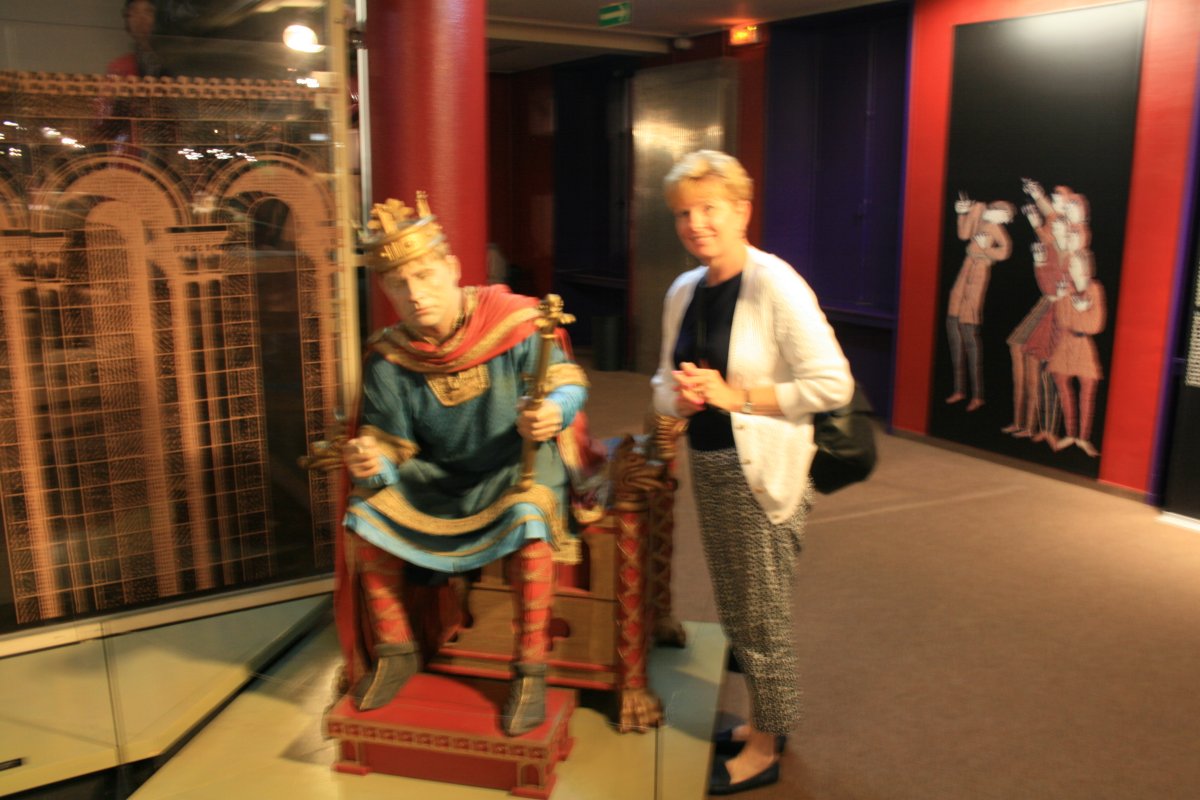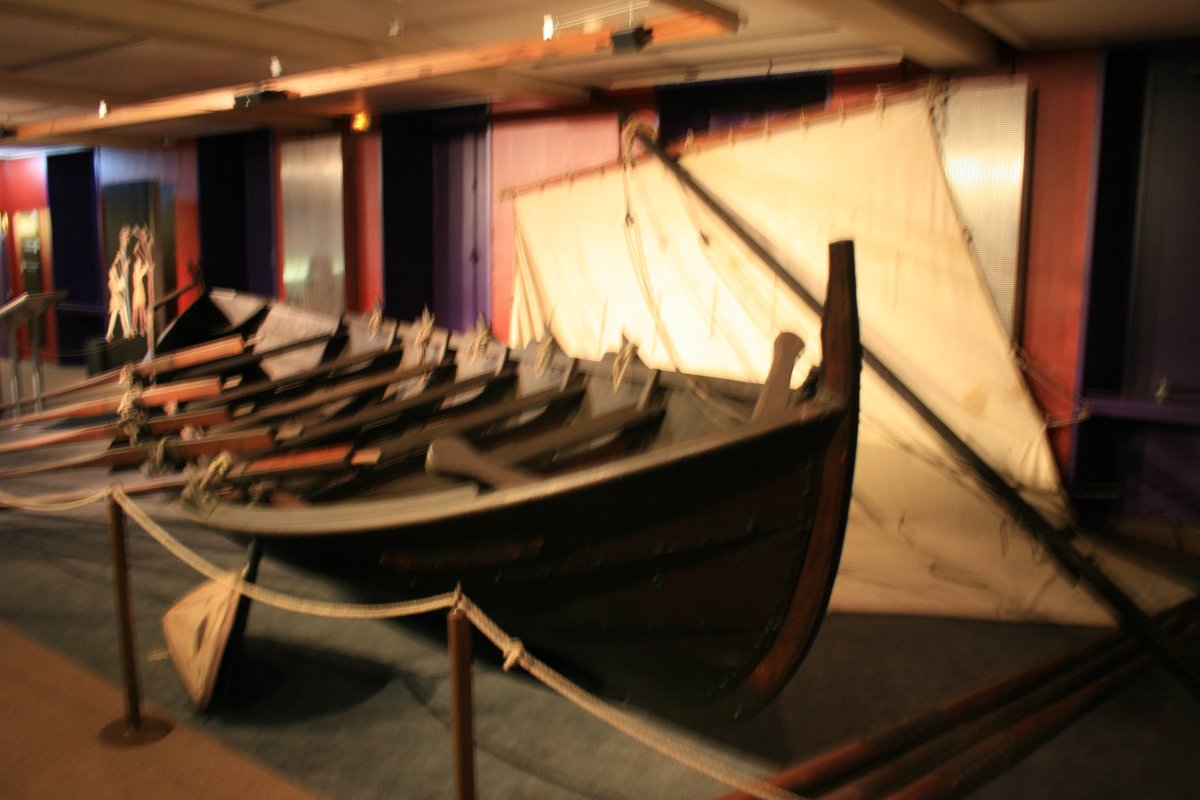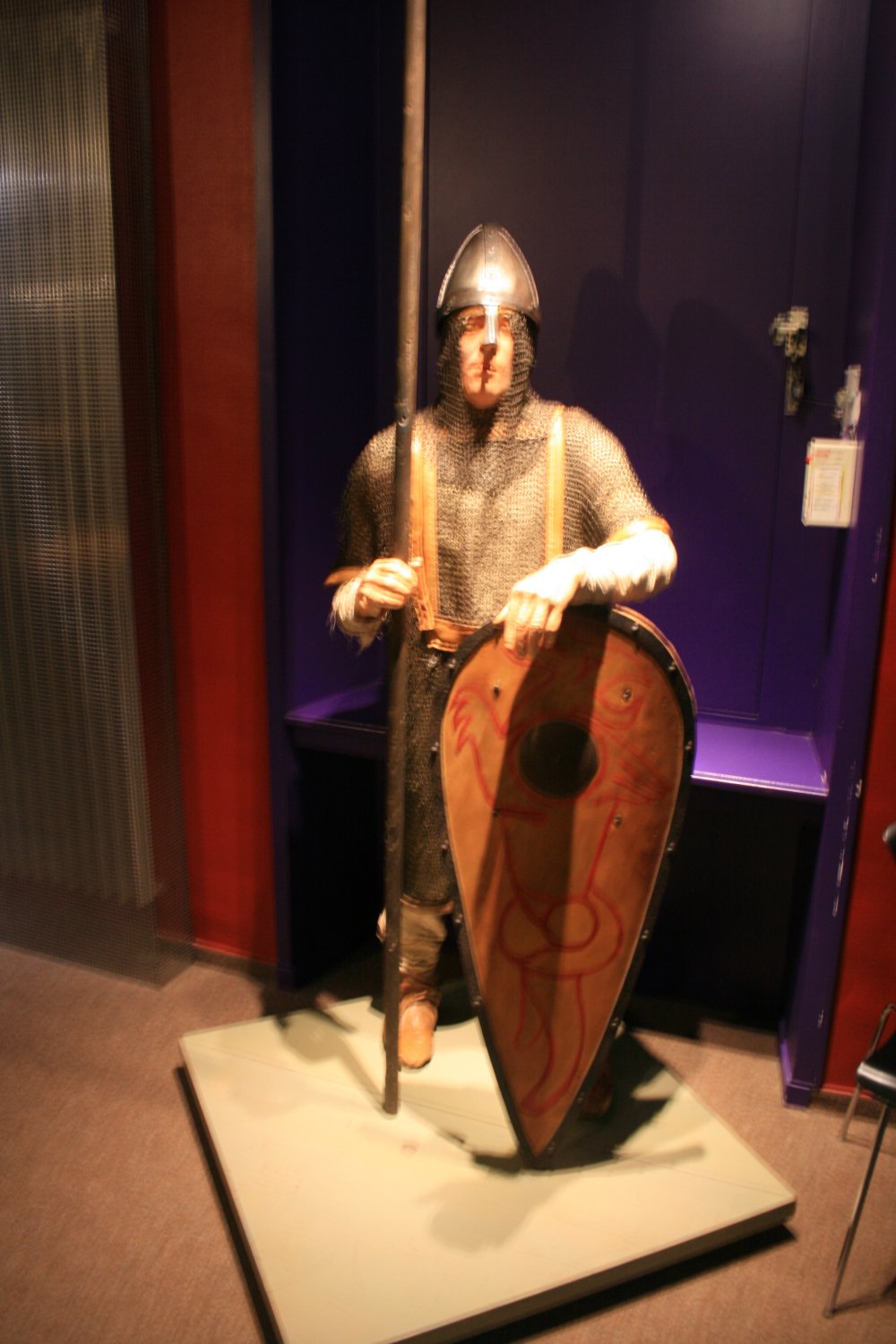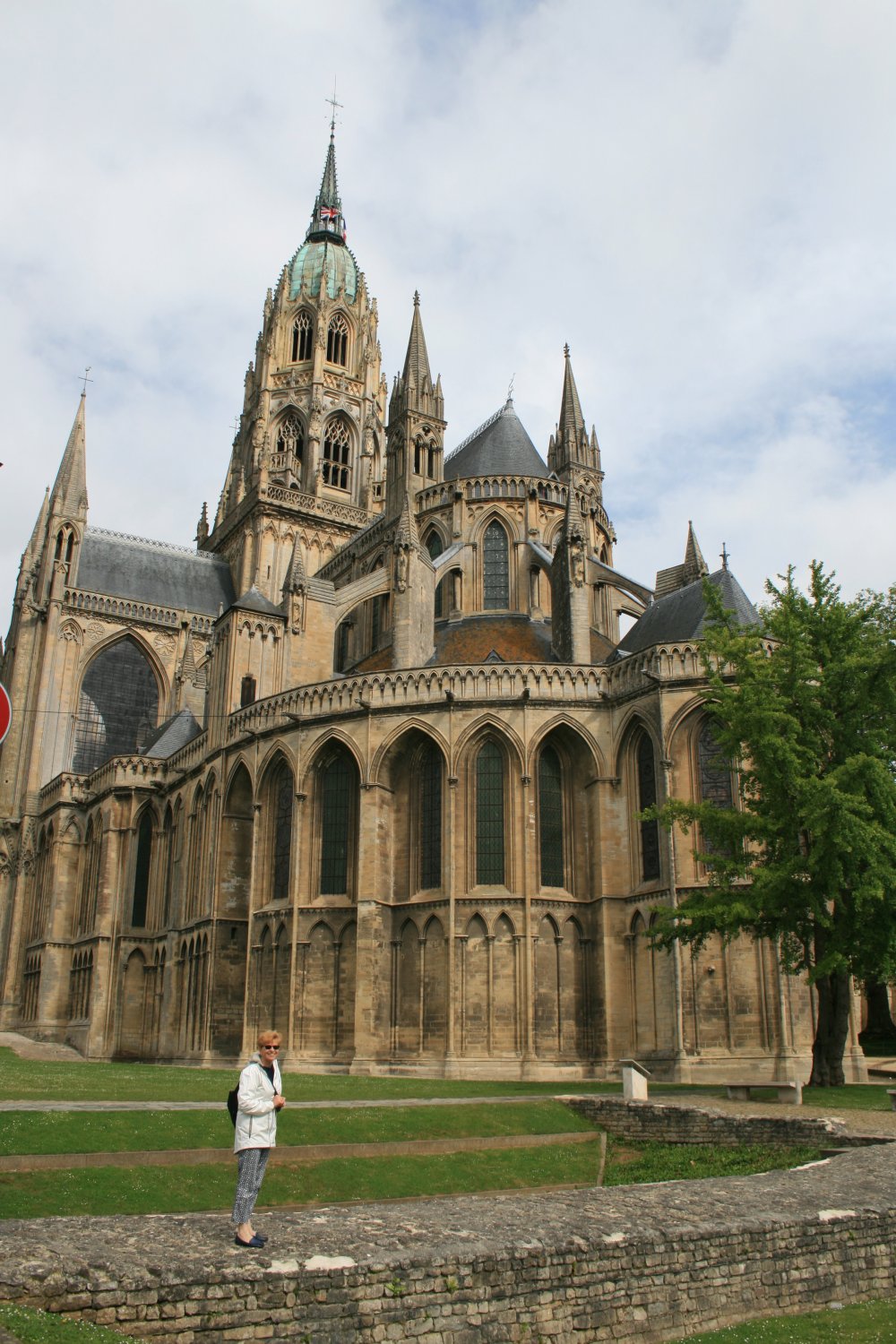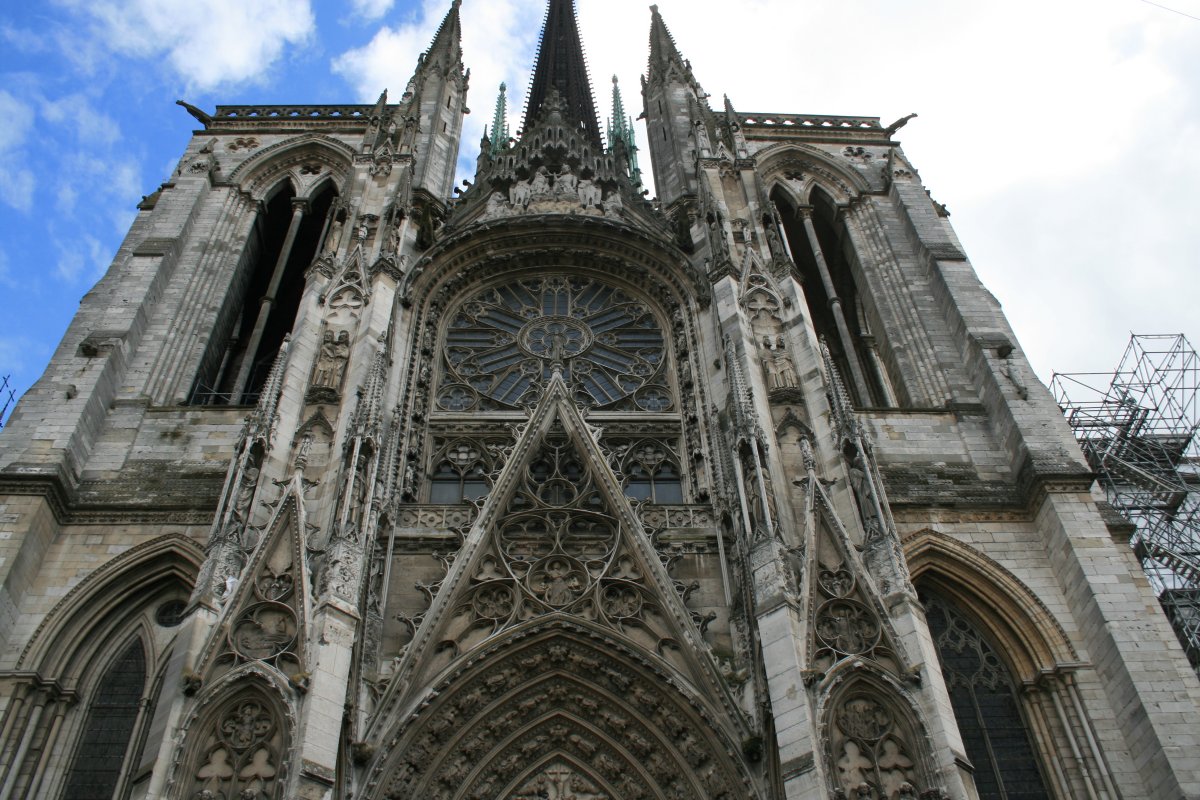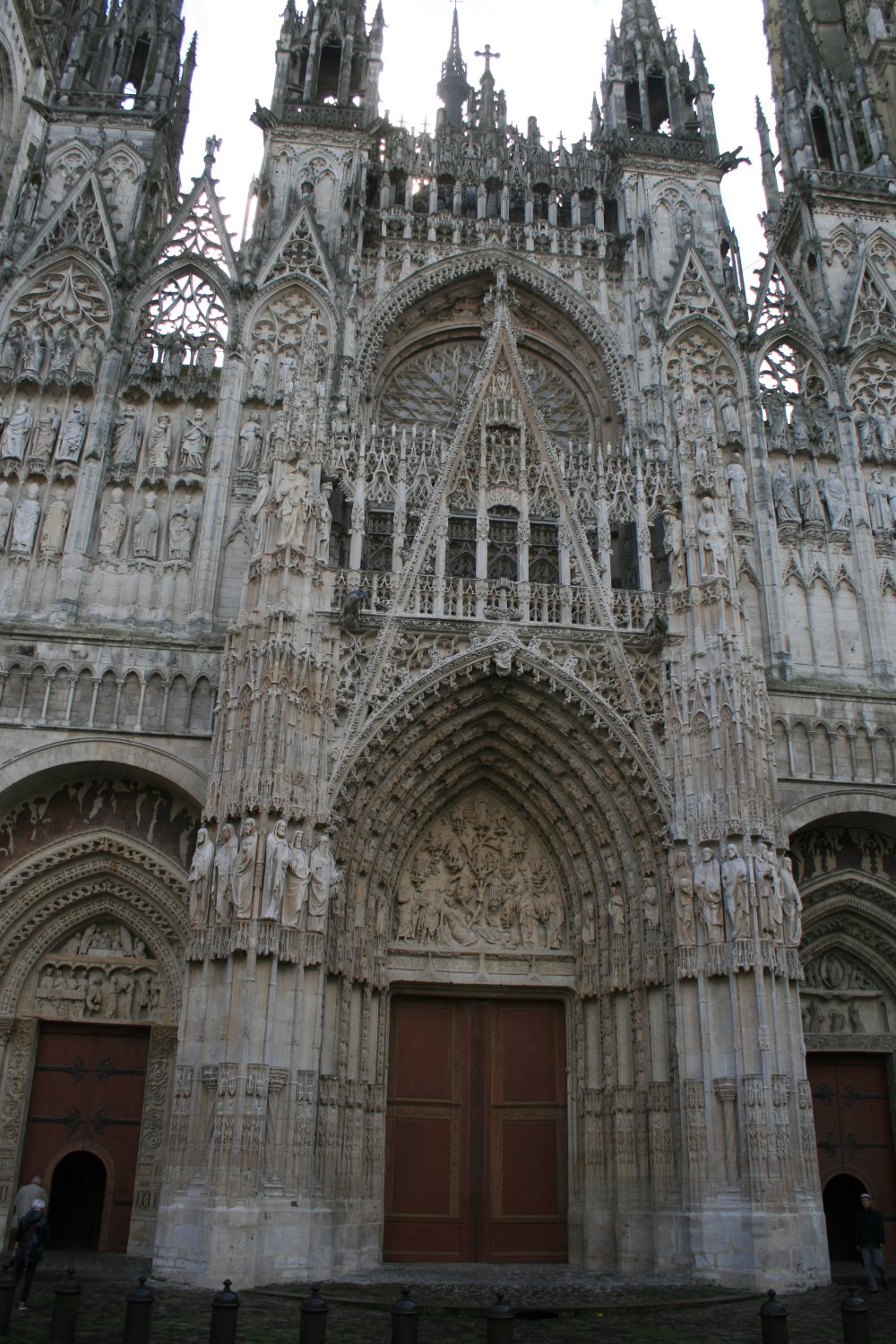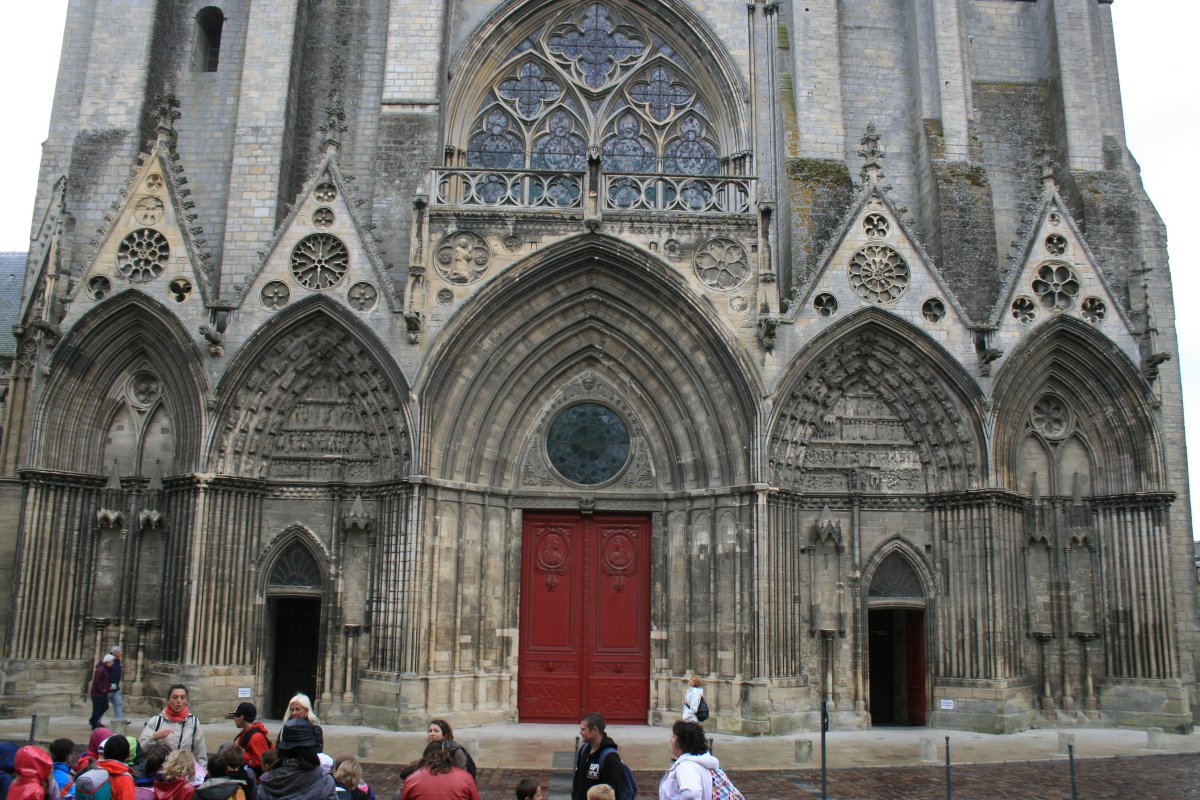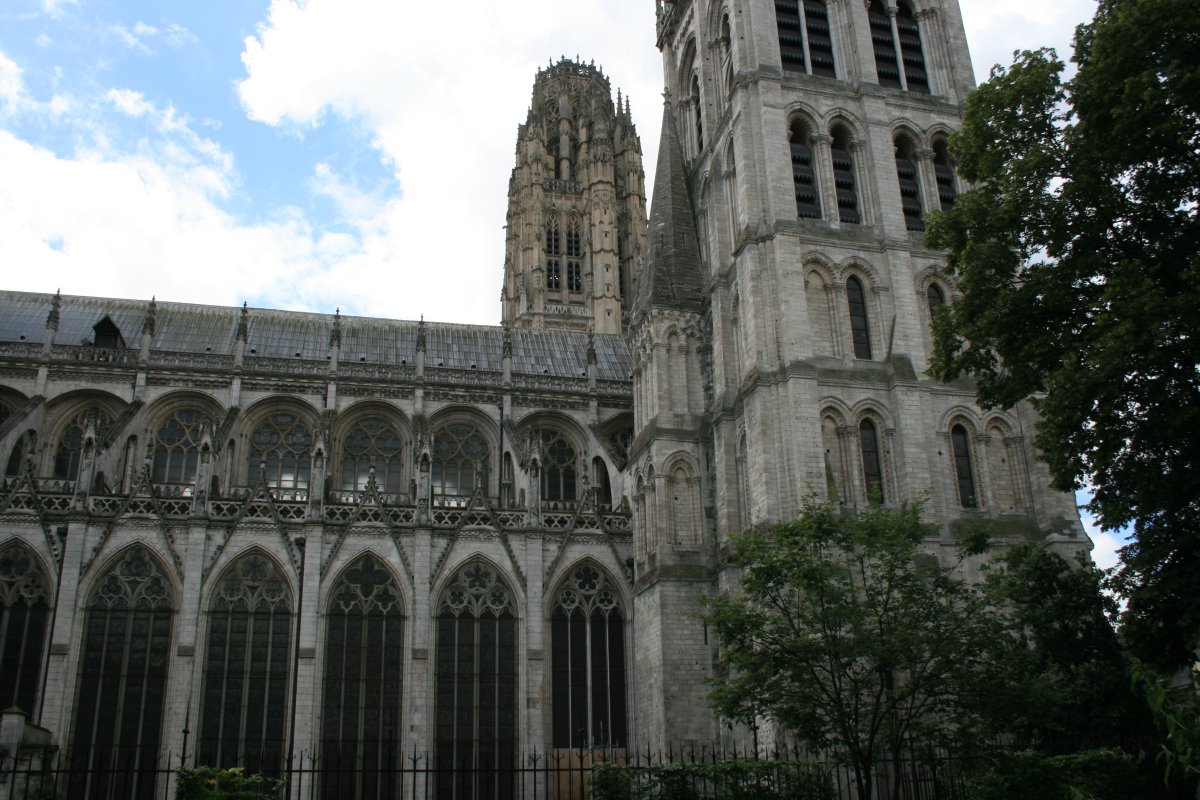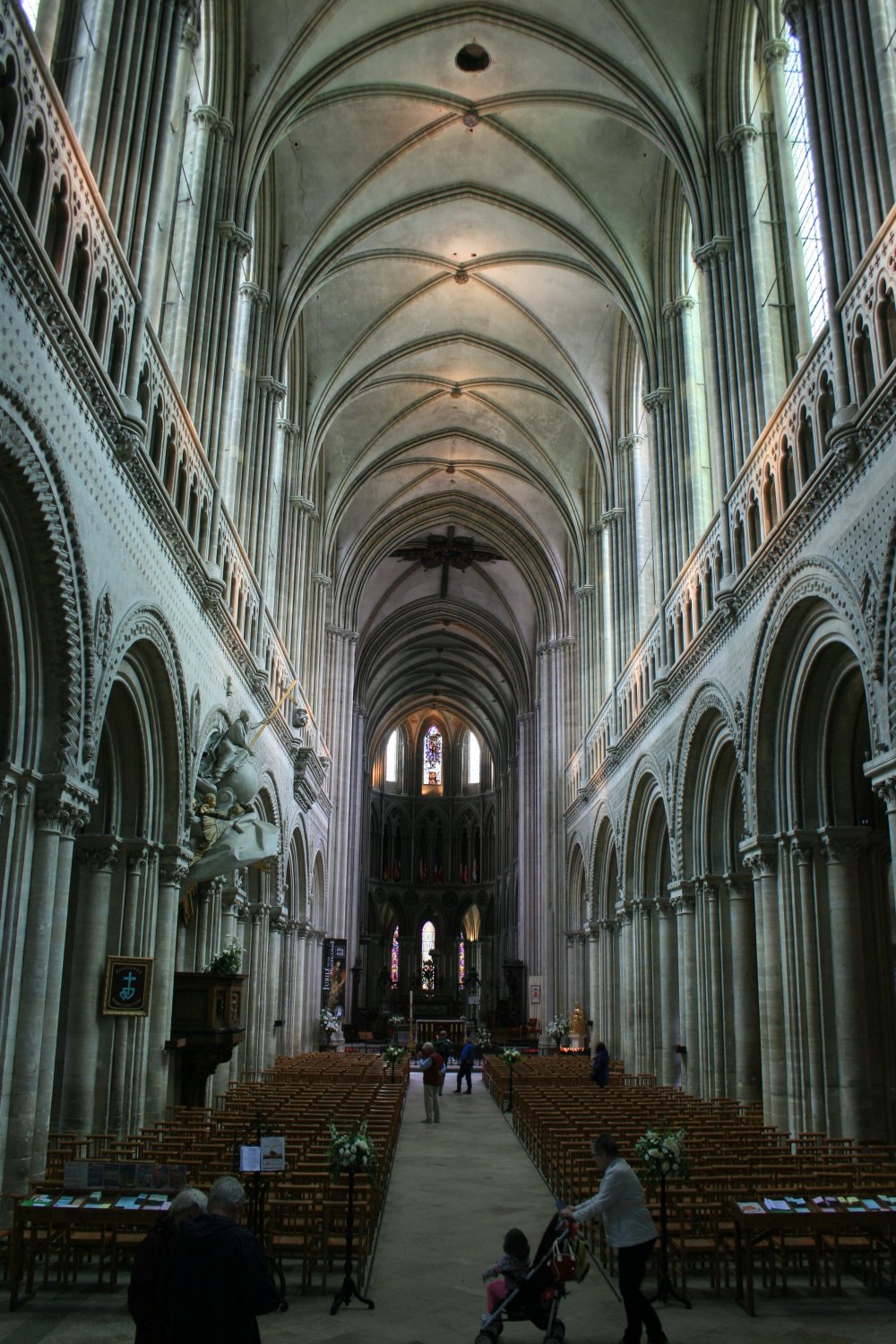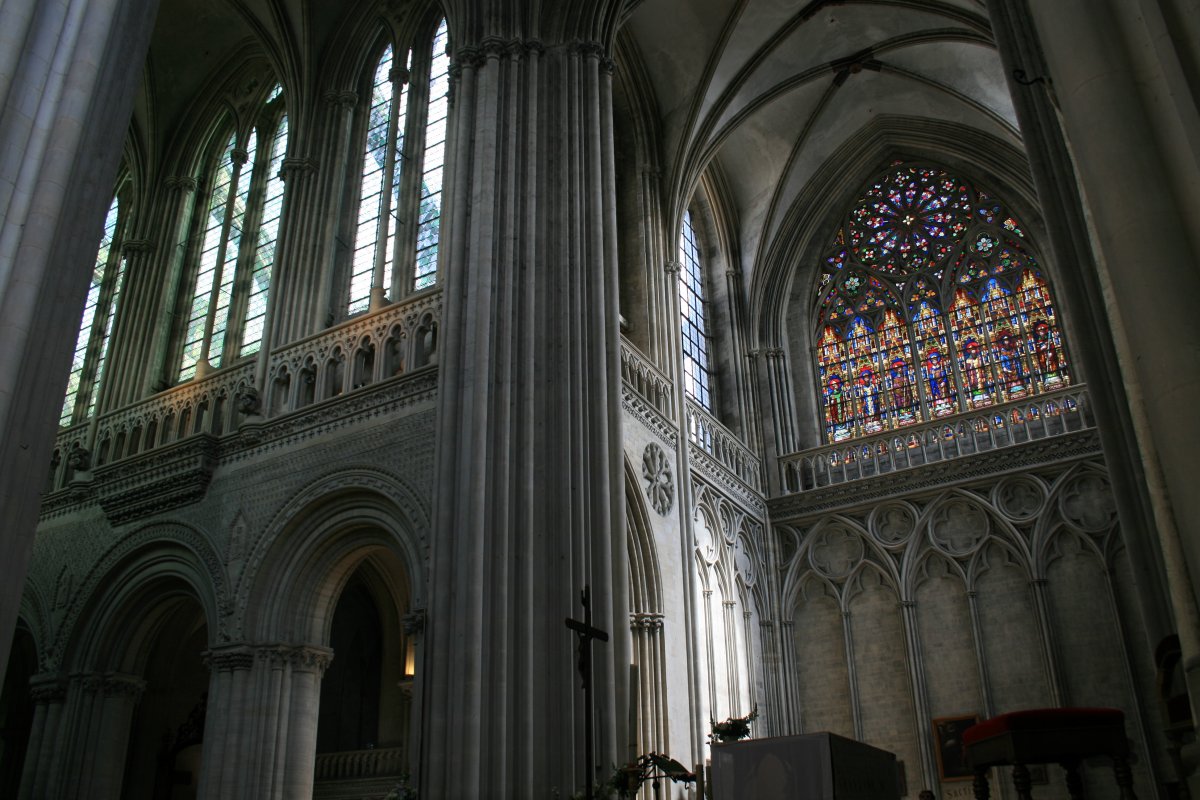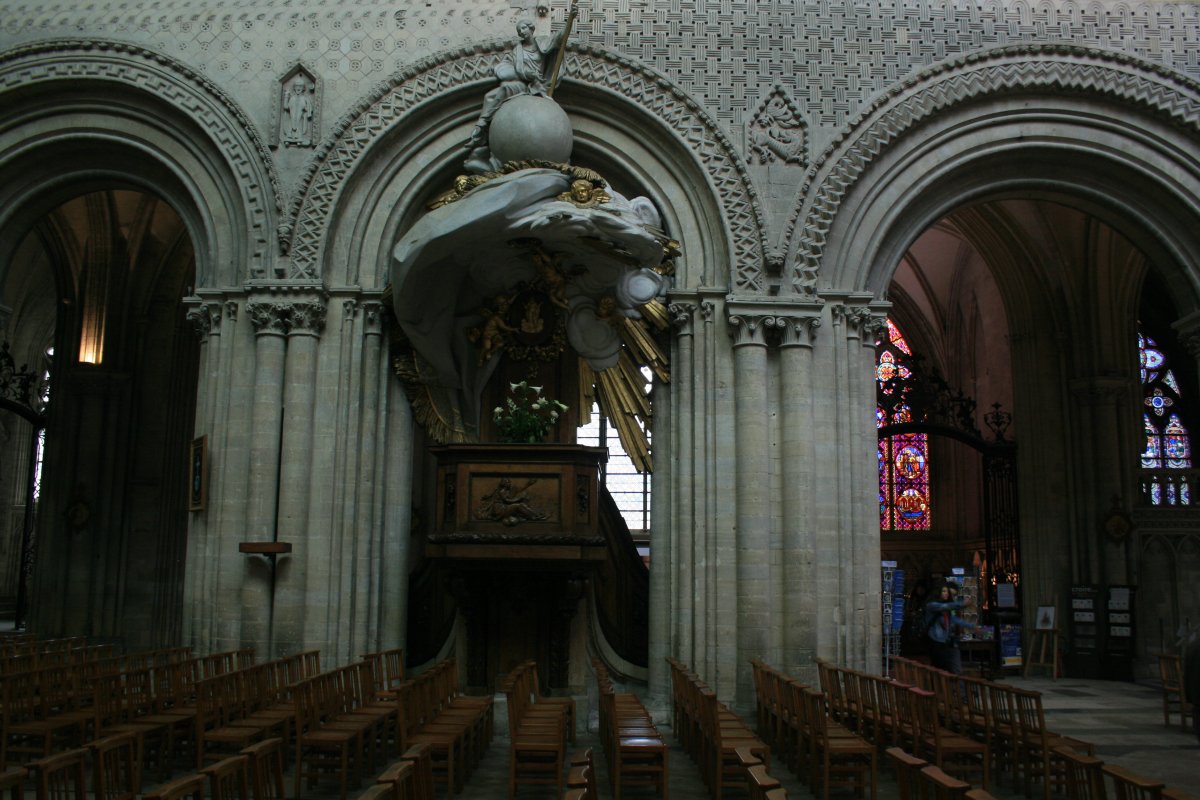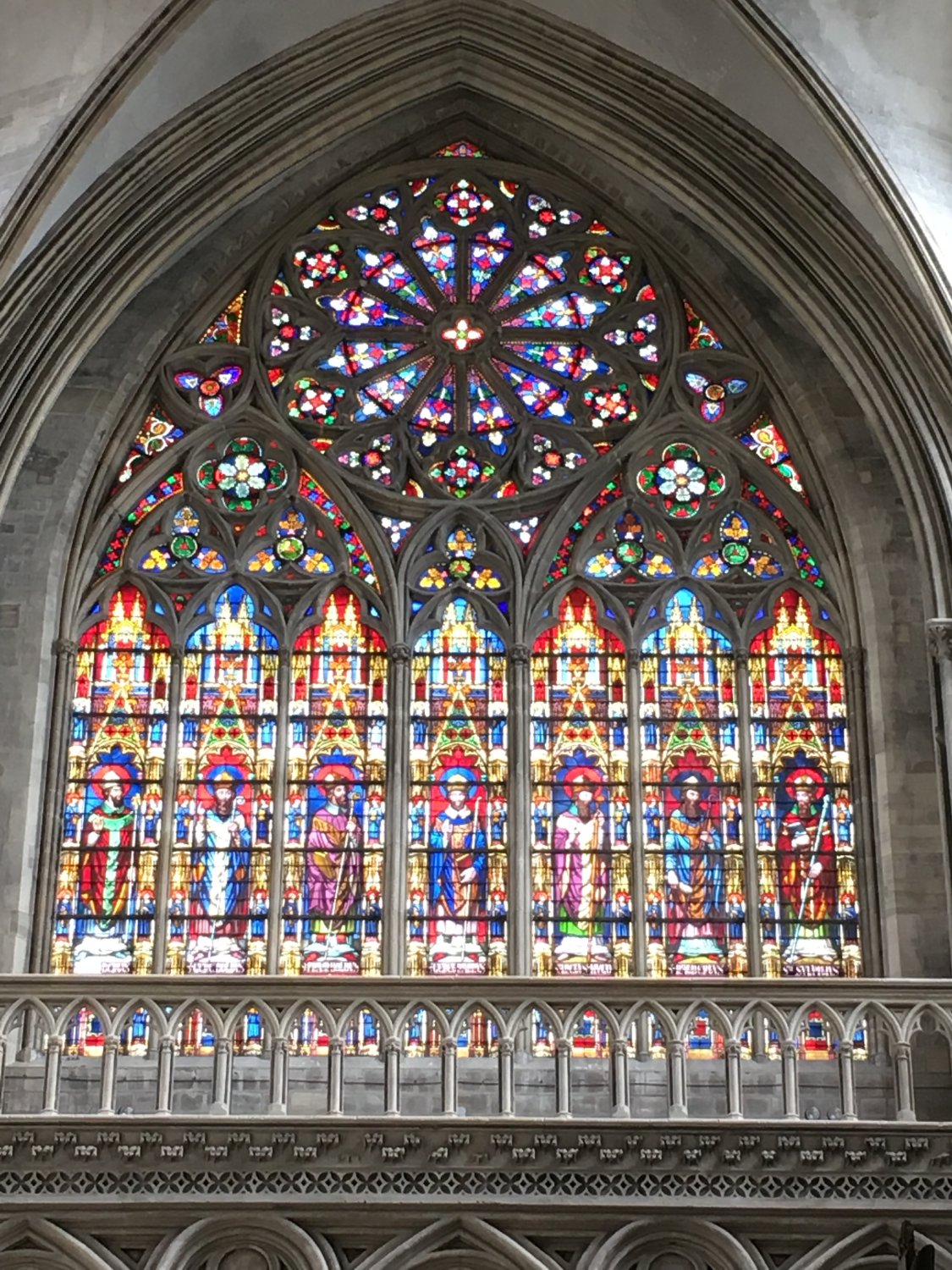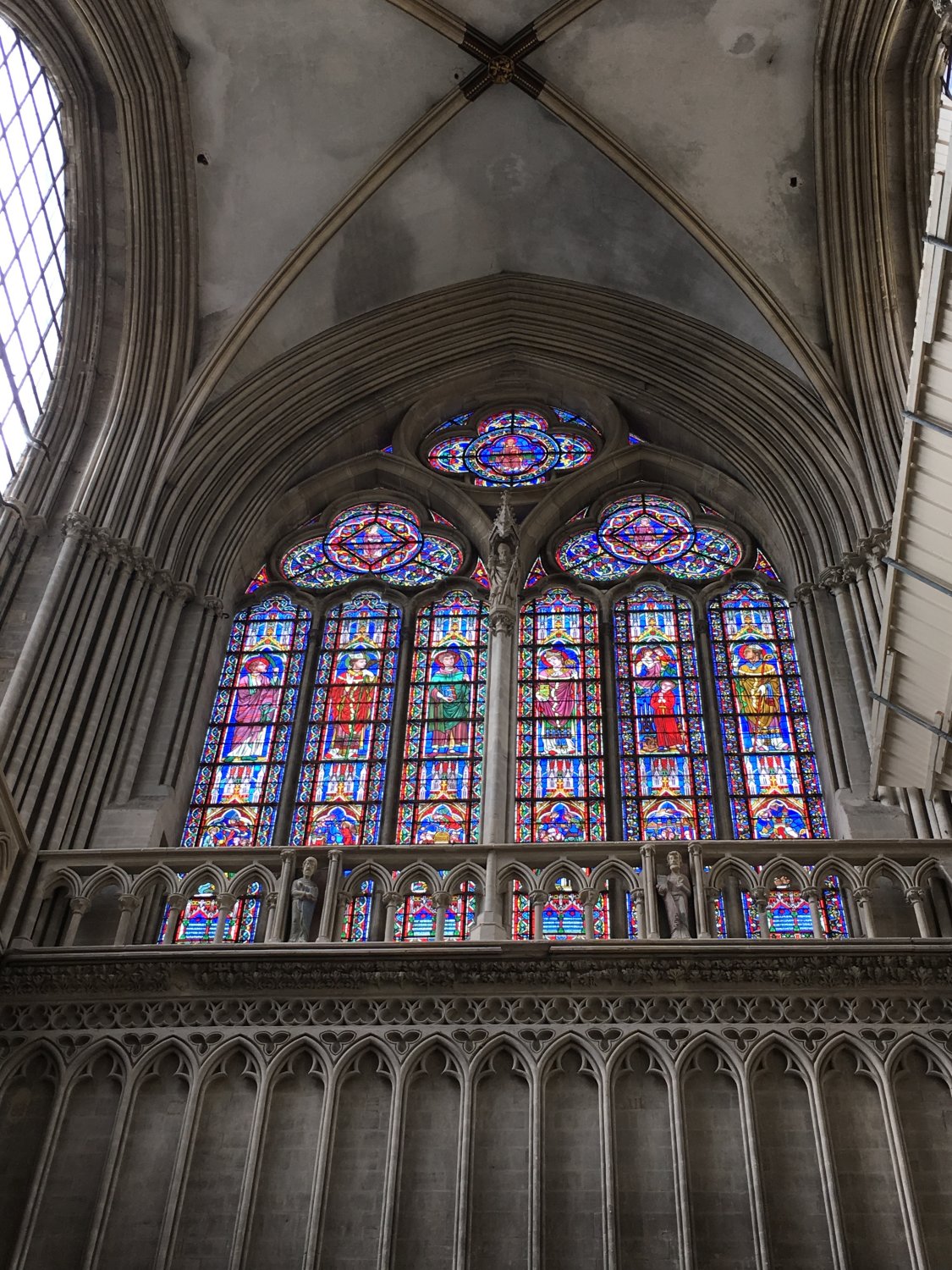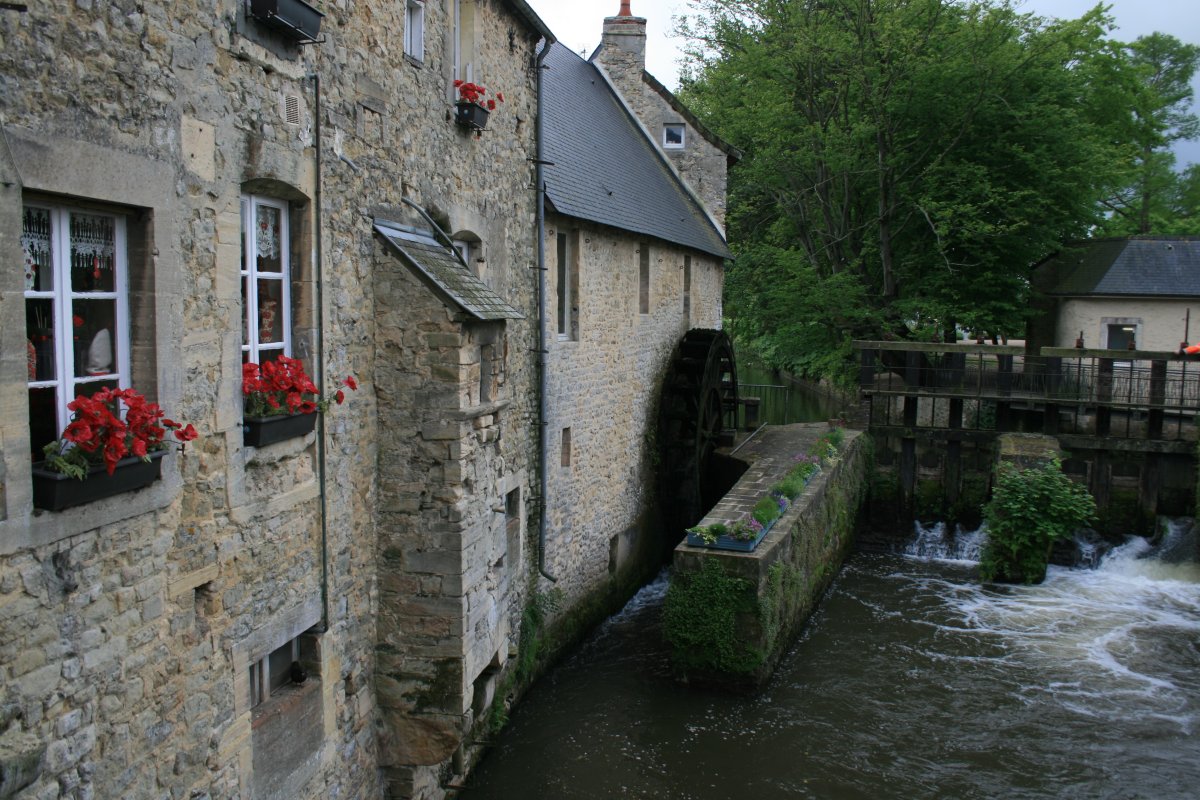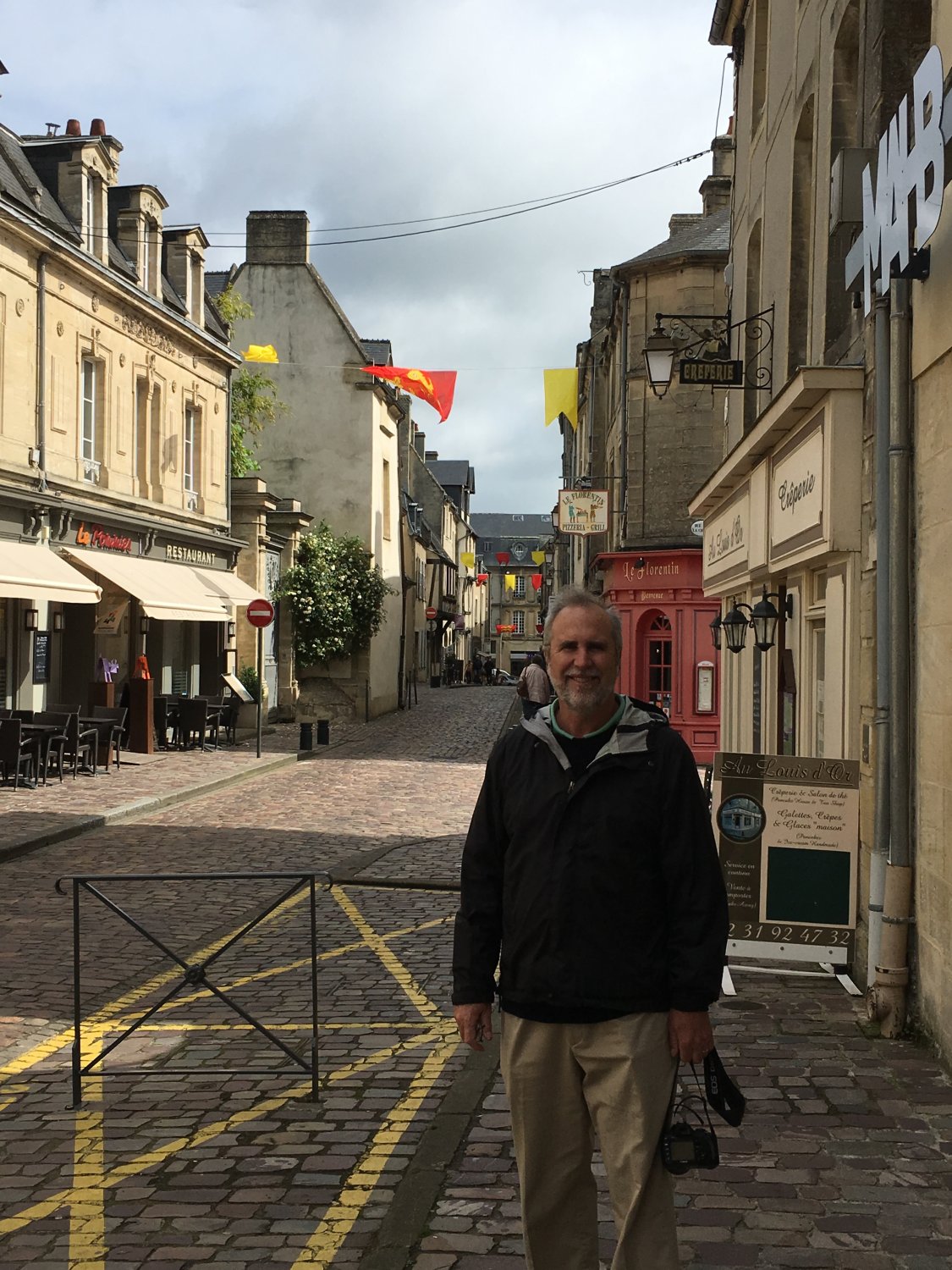France - June 2016 - Bayeaux, Normandy
Still in Normandy, we took a break from all the World War II stuff, and visited the town of Bayeaux. On the Normandy coast about two miles south of the beach, it is between Omaha Beach and Arromaches/Gold Beach. It features the famous Battle of Hastings tapestry and the Bayeaux cathedral. I read somewhere that a French priest somehow got word to the Allied Command that there were no Germans, bases, or industries in Bayeaux and asked them not to bomb the town. So the Allies spared Bayeaux, even though it was right in the middle of where the Normandy Campaign took place in the summer of 1944.
Our first stop was to see the Tapisserie du Bayeaux. It is in a world-class display along with a museum in this building.
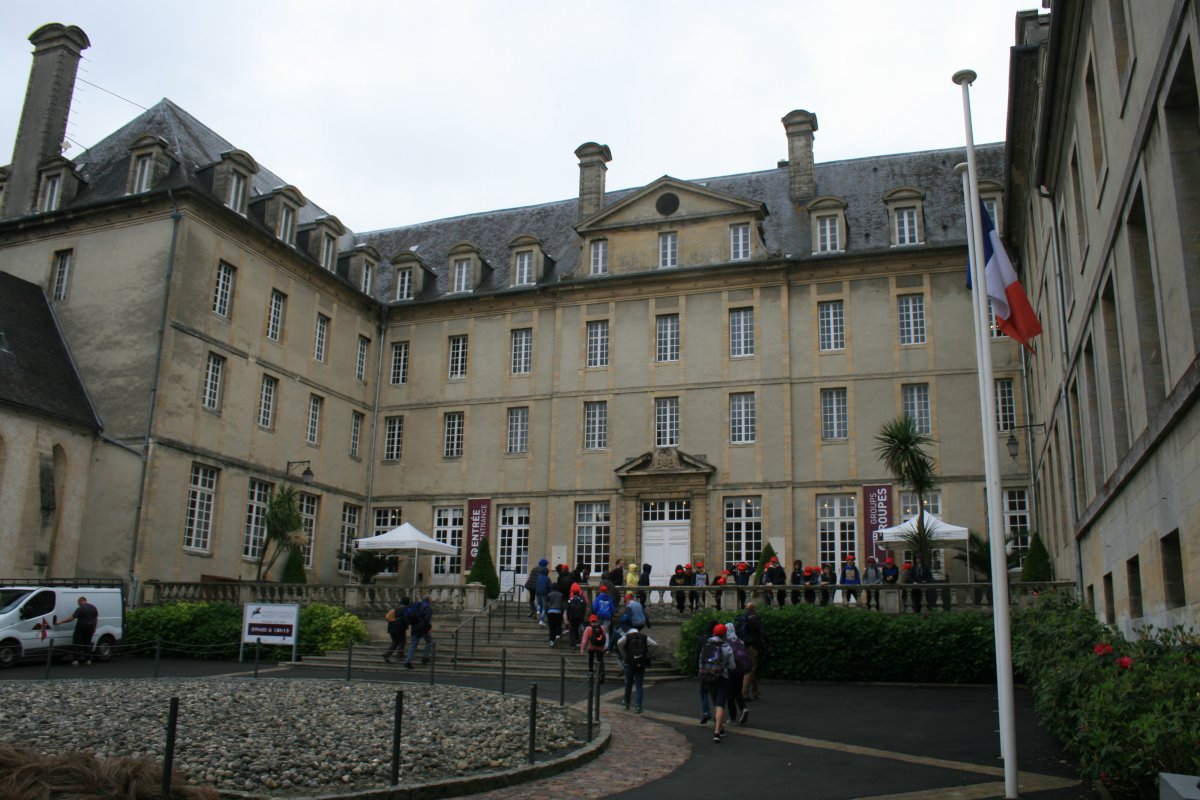
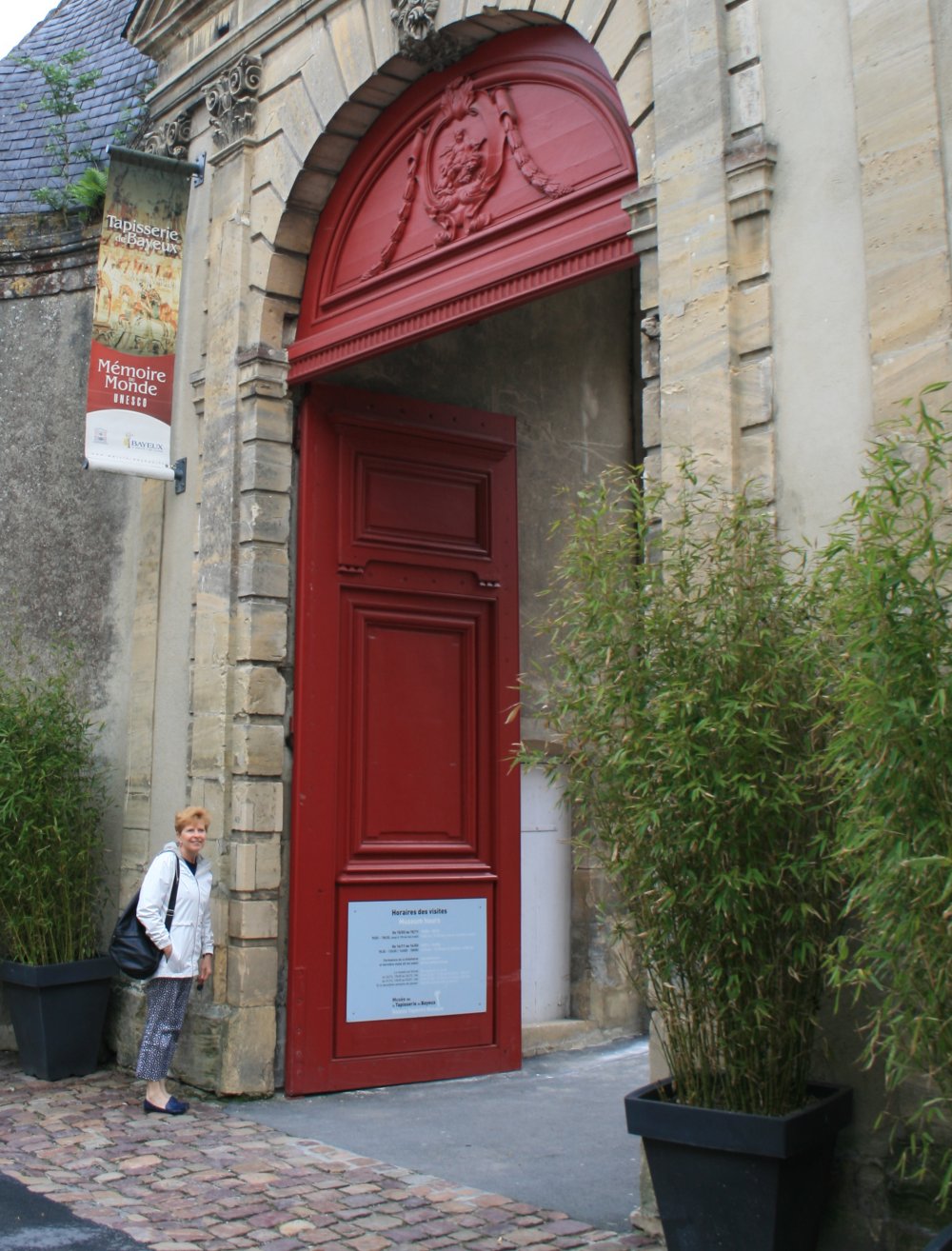
The battle for Hastings in 1066 is considered one of the most significant battles in world history. A little over two years from today I would visit the actual battlesite in England.
The Battle of Hastings was fought on 14 October 1066 between the Norman-French army of William, the Duke of Normandy, and an English army under the Anglo-Saxon King Harold Godwinson, beginning the Norman conquest of England. It took place approximately 7 miles northwest of Hastings, close to the present-day town of Battle, East Sussex, and was a decisive Norman victory.
Why is Hastings considered one of the most influencial battles in history, at least for western civilization? My favorite historian, Paul Johnson, says: "Thus William did not so much conquer England as save it from disintegration. This is what made Hastings one of the truly conclusive battles of history."
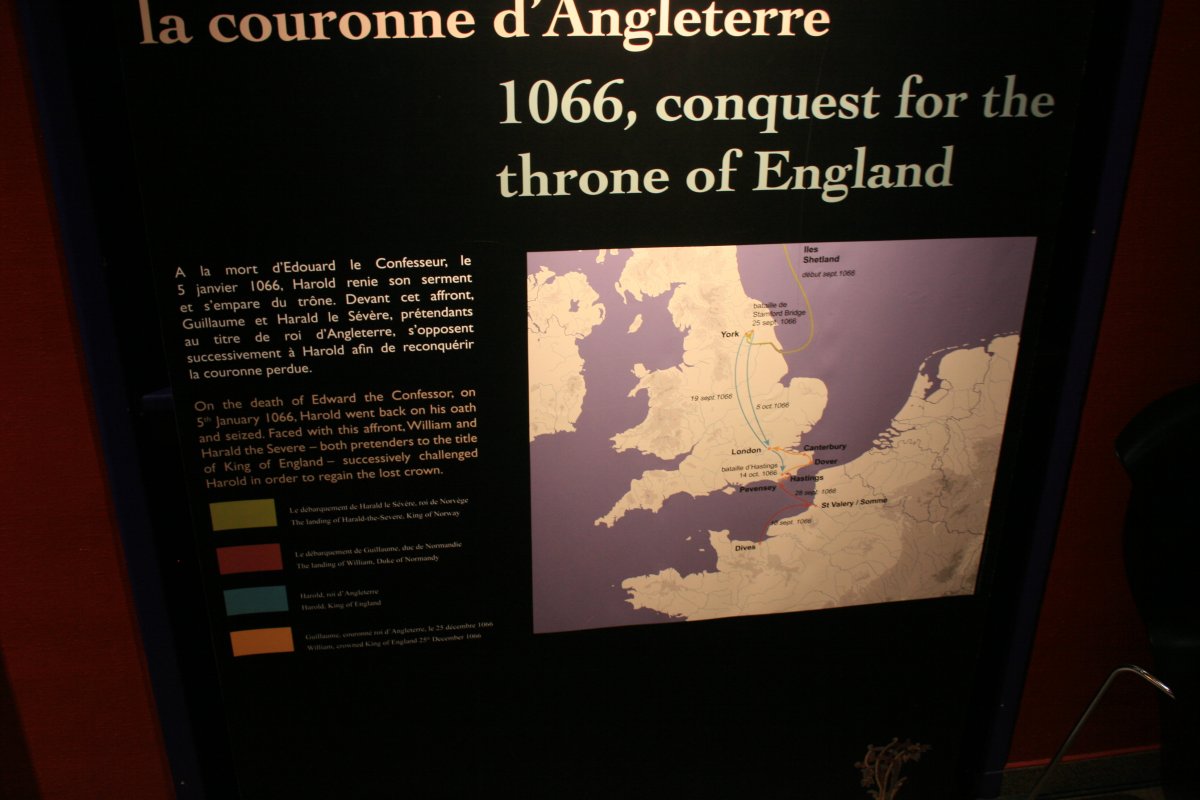
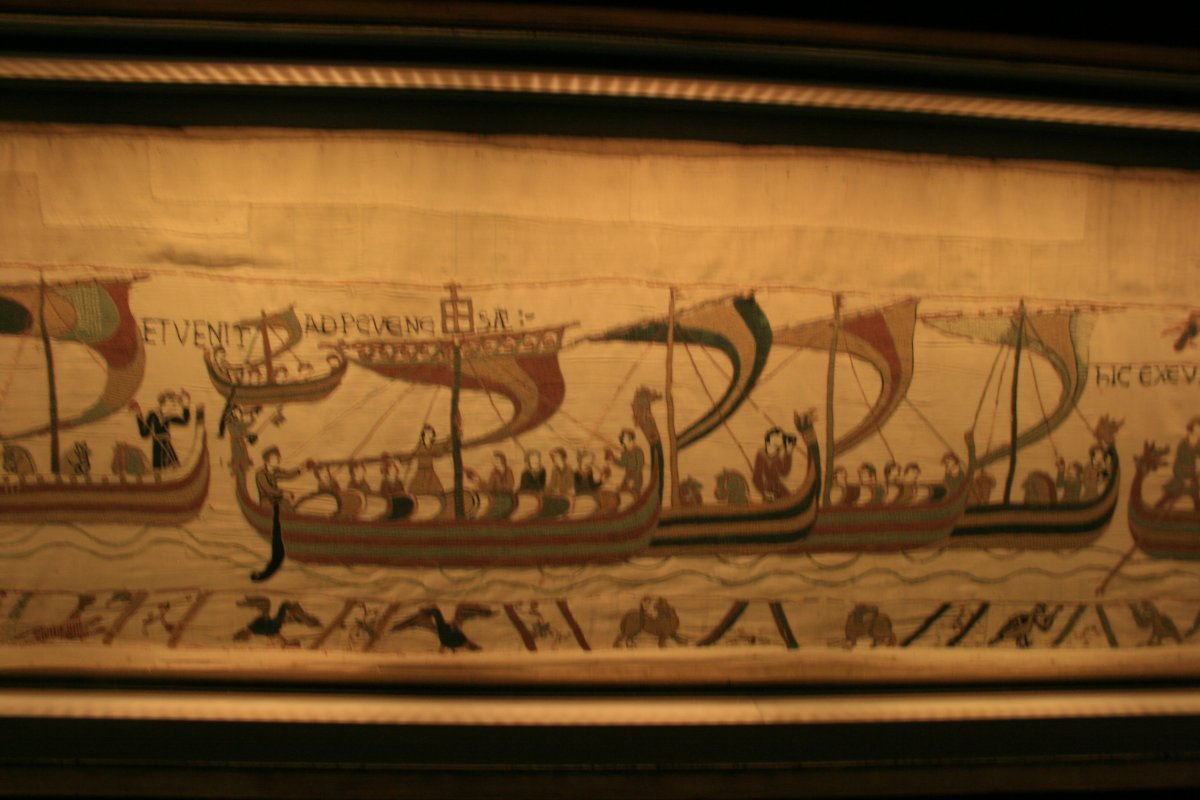
The tapestry consists of some seventy scenes, many with Latin tituli, embroidered on linen with coloured woollen yarns. It is likely that it was commissioned by Bishop Odo, William's half-brother, and made in England—not Bayeux—in the 1070s. In 1729 the hanging was rediscovered by scholars at a time when it was being displayed annually in Bayeux Cathedral.
I don't know why so many of my pictures in the museum came out blurry but here is a clear one.
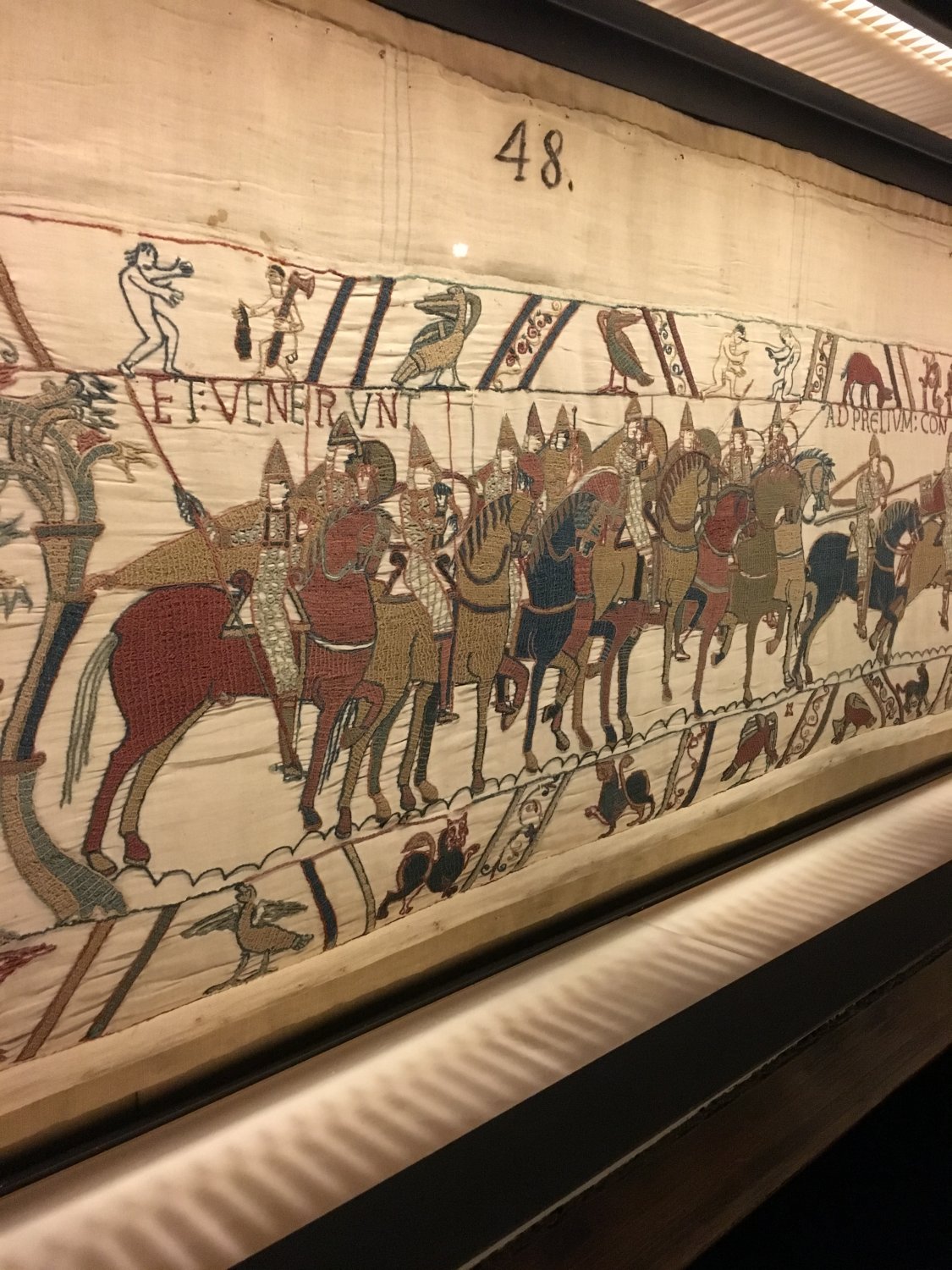
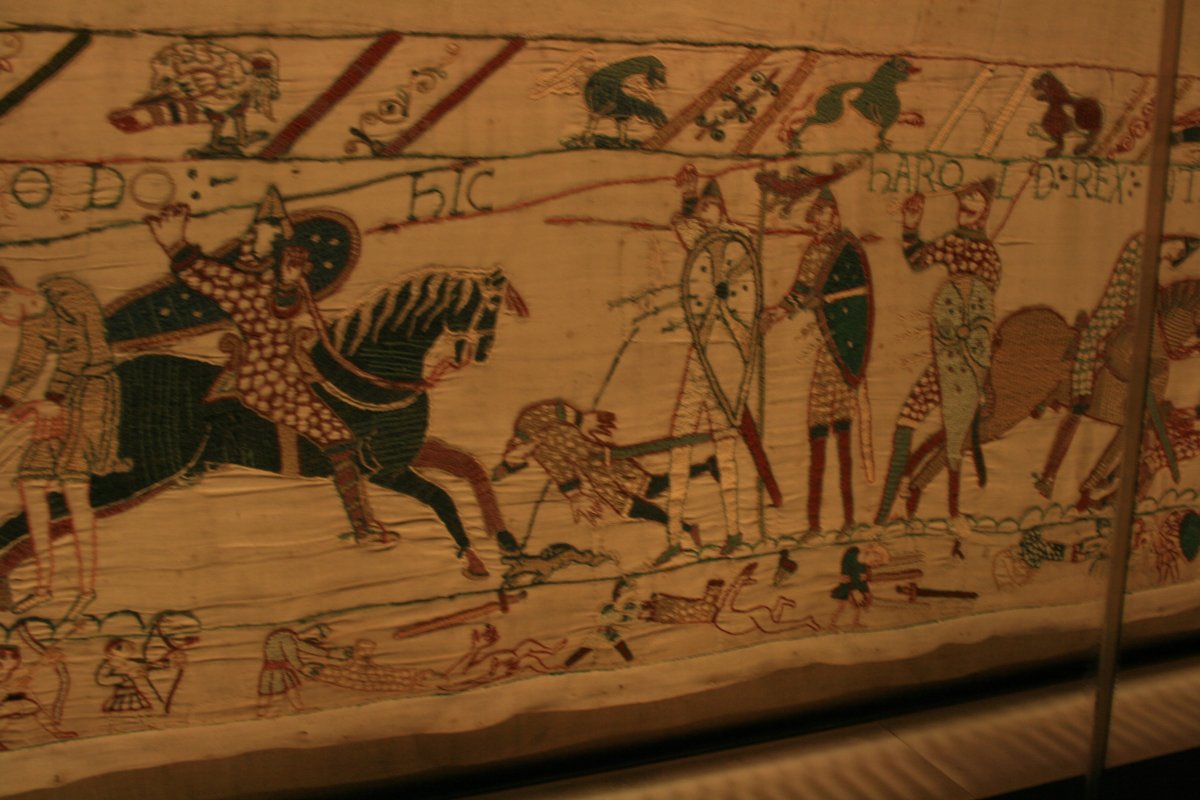
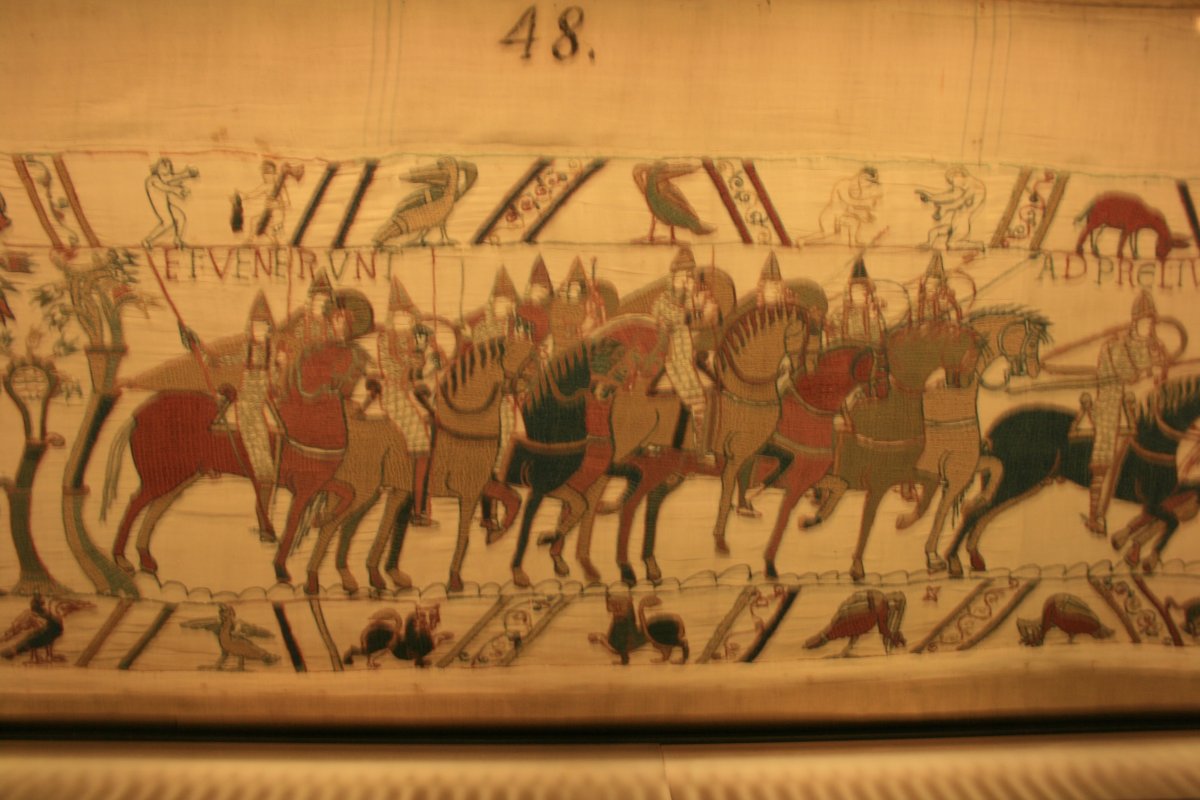
After we checked out the Tapestry, we toured the museum which was interesting. Sadly, all of my pictures came out blurry. But they give yo the idea.
Here Lynnette poses with King William, or is it King Harold?
